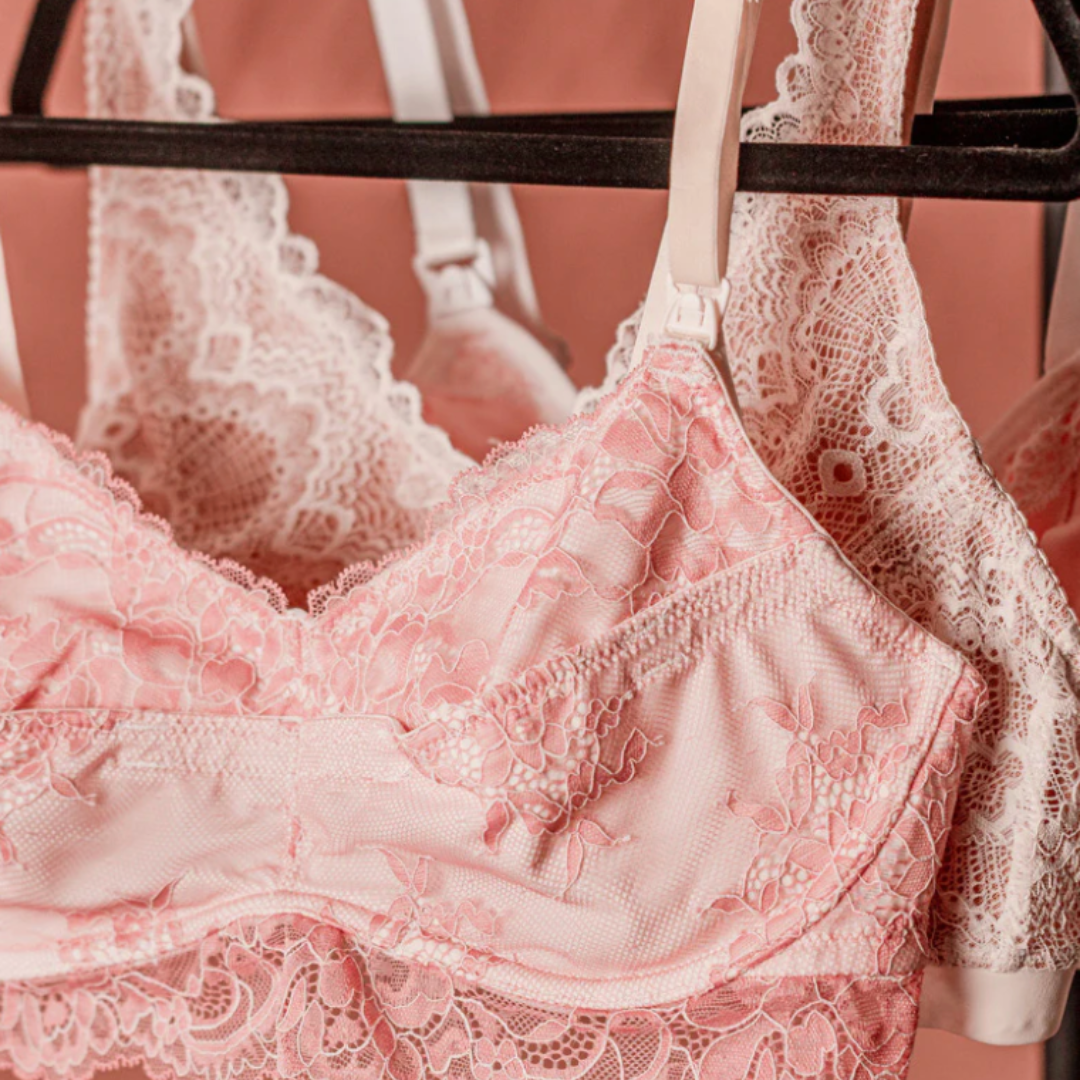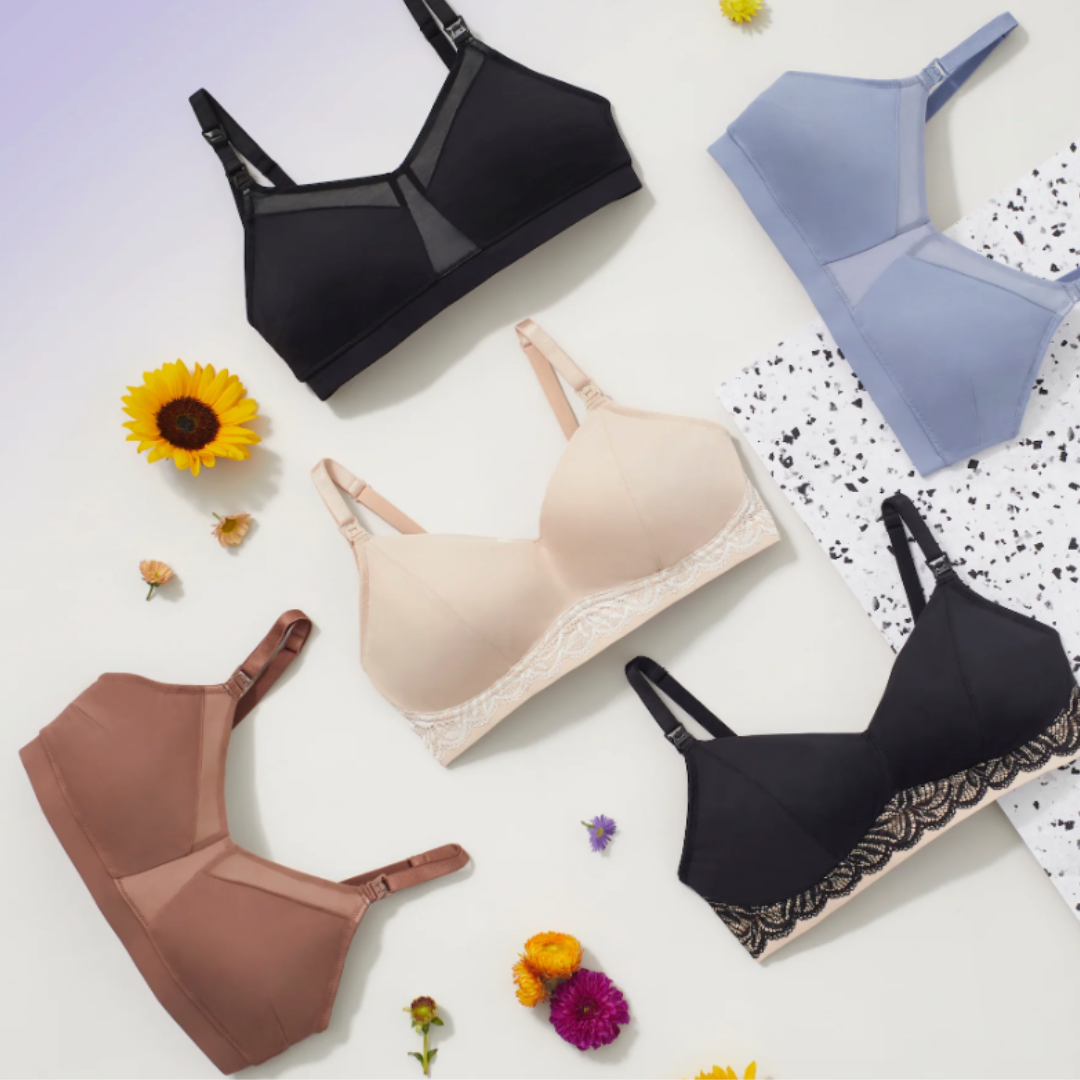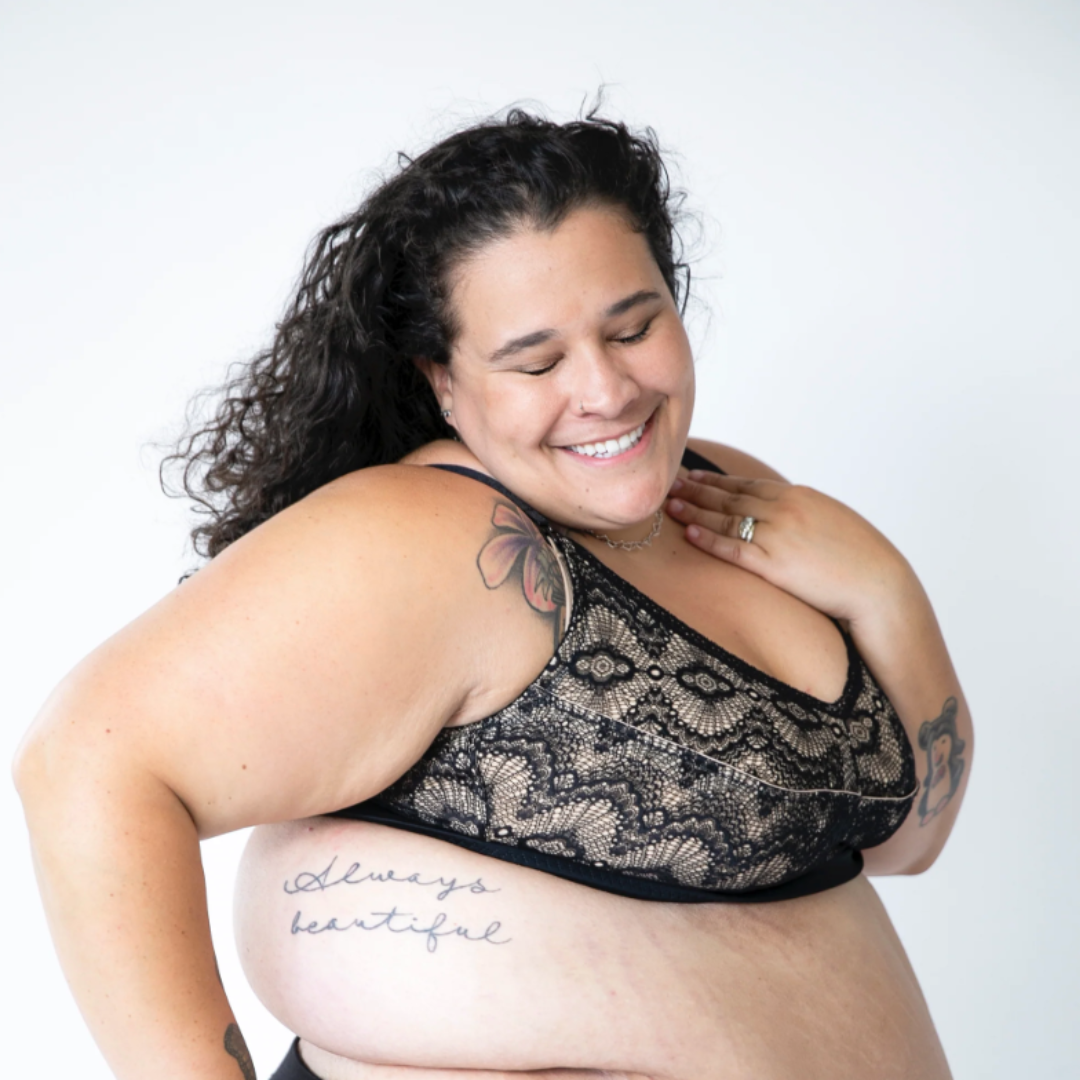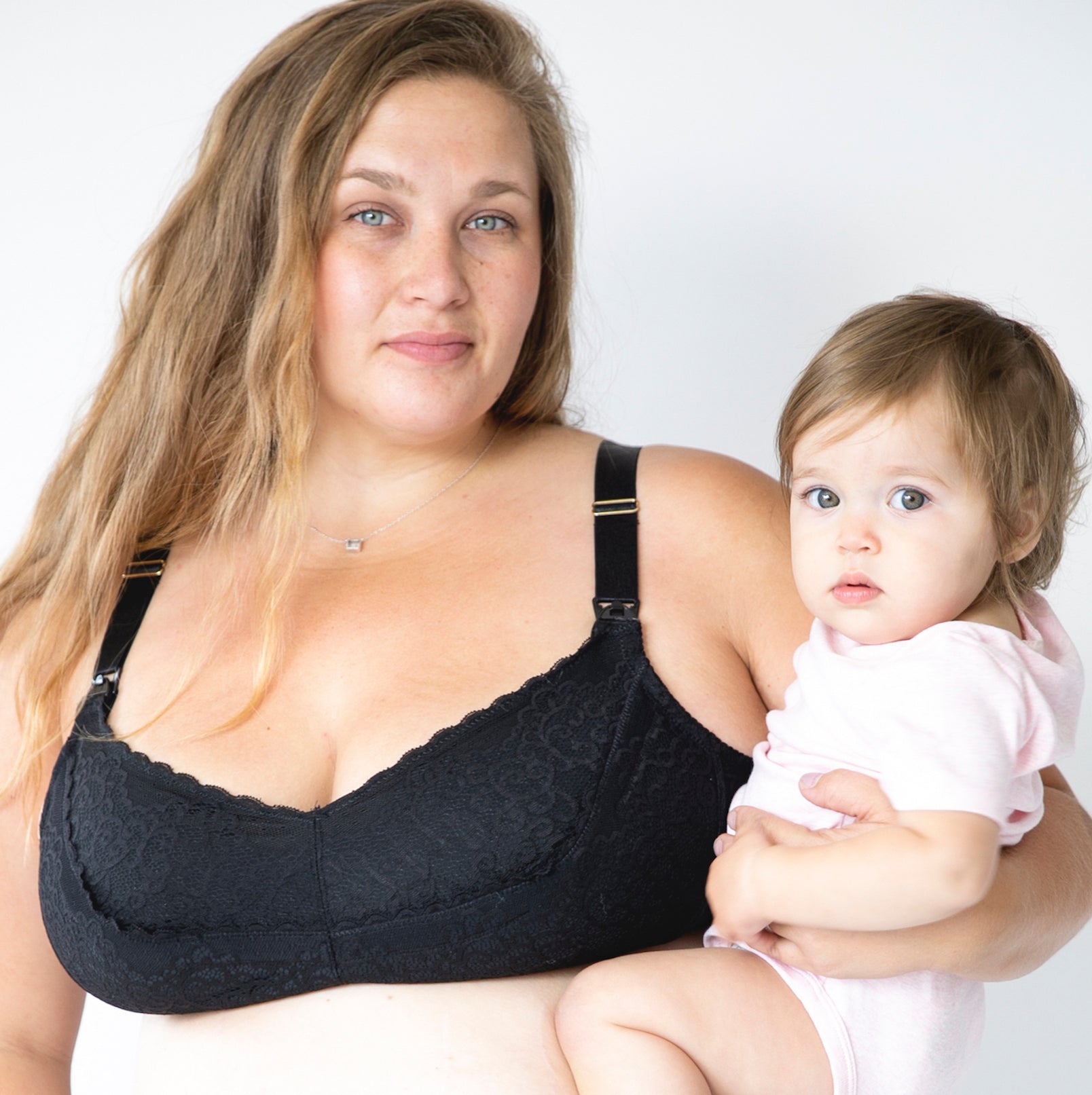Breastfeeding is a wonderful way to bond with your baby through skin-to-skin contact, boost your own oxytocin to stay calm and relaxed, and keep your child healthy and growing. However, it can be very tough to master– especially when things like cracked nipples, bites, and latching difficulties get in the way.
Here at The Dairy Fairy, our goal is to make breastfeeding as wonderful of an experience as possible for first-time mothers. If you are struggling with getting a deep latch and need extra help, this article will help you find out where your problem lies and how to find a solution.
How Babies Breastfeed
When you’re trying to feed a new child, it’s important to remember that babies nurse with a wide open mouth. They don't purse their lips or suck the nipple like a straw. They use their tongue and chin to massage the breast and create positive pressure, which means their chin needs to have access to the underside of the breast. They make a seal with their tongue to create negative pressure to help remove the milk.
A lot of first-time mothers don’t know how breastfeeding works from the baby’s end, which can lead to issues with positioning and latching. Let’s get into the specifics.
How to get in the right position
Option #1: Structured Holds
There are lots of different breastfeeding positions that can work for you and your baby. To get the correct latch, you may need to try multiple of them and find out what works best for you and your baby. The cross-cradle hold and the football hold are the most popular nursing positions for new moms, but any comfortable position that works for you is best!
There are a few basic steps to breastfeeding your baby. Sit down in a comfortable position, hold your baby close, making sure your baby’s tummy is touching your body, and support their neck and shoulders. Align your breast with your baby’s mouth, so your nipple is right above their top lip.
If they don’t open their mouth and suck on their own, roll your breast into their mouth from the bottom up until your nipple finally enters the top of their open mouth. If that still doesn’t work, tap their upper lip, or try hand expressing a few drops of colostrum or milk, and then try tapping again. If they continue not to open, they may not be awake enough or hungry enough. If baby hasn’t regained their birth weight yet and you’re still waking to feed, you can try waking them by unsaddling, changing their diaper, or making them less cozy.
Once baby is latched and you’re hearing swallows, try letting go and see if baby maintains a deep latch. If baby starts to slide off or is only on the nipple, try relatching and continue to hold the breast.
Option #2: Laid Back Hold
The idea of baby-led latching is based on the baby's ability to rely on their instincts to get into a good position and find their own, good breastfeeding latch. The first time new parents breastfeed, they can snuggle with their baby and encourage them to find their own way to the nipple. For more information on how to implement this practice, consult this tutorial.
Baby-led latching doesn’t work for everyone. Many mothers find breastfeeding very difficult, and you and your baby may need some extra guidance to succeed at the laid back hold. However, it’s great for getting a deep latch, and helps people with shorter nipples. It’s also a good resource for people struggling with carpal tunnel who struggle with structured holds.
How to tell if your baby is latched properly
A poor breastfeeding latch can be hard to spot when you don’t have experience with it. When you’re still new to breastfeeding, you'll want to learn the signs of a good latch to make sure your baby is getting what they need.
When your baby latches, you won’t notice any lip smacking sounds, your baby will have a good amount of your breast in their mouth, your baby’s lips will be flanged/flipped out, and no milk will leak out of your baby’s mouth. There will be space between your baby’s chin and their chest.
Once you reach a proper breastfeeding latch, you might even notice your baby's ear wiggle! If your baby isn’t latched properly, it will likely feel wrong to you. Feel free to start over and try to get a better latch at any time.
Common Mistakes
There are a few common mistakes that newly-breastfeeding moms can make. The top one is putting your baby's mouth too high on your breast. It's common to think that your nipple should go right between your baby's lips. In reality, your baby's bottom lip being too high can lead to pain and bites. Ideally, your entire nipple will be deep in the baby’s mouth, touching their soft palate. Your baby will have more of the bottom of the areola in their mouth than the top of the areola, with your nipple pointing toward the roof of baby’s mouth.
To encourage your baby to get into the proper position, bring their head close to your body until your nipple is just above the baby's top lip. Then, they should open their mouth wide and suck to get a proper latch.
Another mistake is having your baby’s chin too close to their chest, leaving no room for baby to swallow comfortably. To fix that, you can bring baby’s legs further away. Shift baby further across or behind you (depending on the position), and press on their shoulder blades to bring them closer to you. This will encourage them to arch their back, which then makes space between their chin and their chest.
A final common error is not getting help. If you have extremely sore nipples or are afraid your baby isn't getting enough milk, it's a good idea to seek help.
When to See a Specialist
If all of these steps aren't working, there could be another problem at play. You may have a low milk supply, or simply need help feeding your baby.
Seek help from an IBCLC (International Board Certified Lactation Consultant), a lactation specialist like a certified lactation counselor, a peer counselor at WIC, a La Leche League leader, or a doula with additional lactation training.
If you need to find alternative feeding methods, don't fret. All that matters is that your baby gets proper nutrition, and that you have a solution that works best for both of you. Of course a stunning nursing and pumping bra that can expose your full breast always helps! Best of luck!







Leave a comment
All comments are moderated before being published.
This site is protected by hCaptcha and the hCaptcha Privacy Policy and Terms of Service apply.